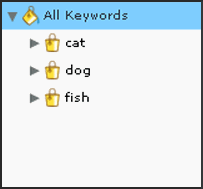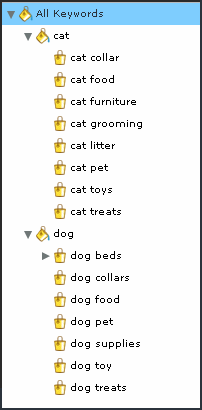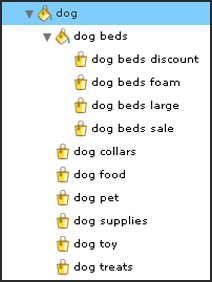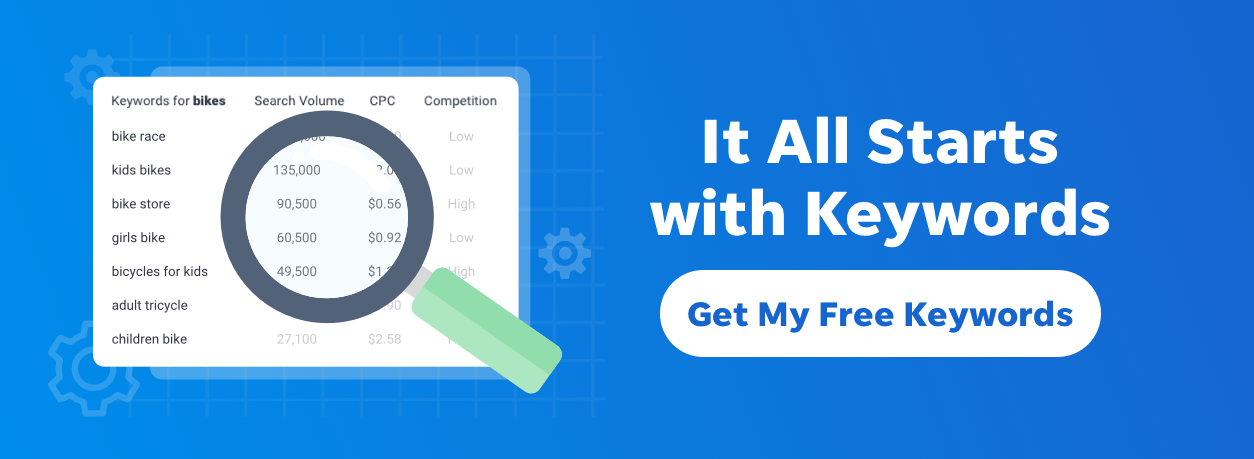
In a previous post I talked about the importance of keyword mapping for aggressive linking. But keyword mapping is also critical for SEO.
If you’re building a new website or taking on a new SEO project, it’s imperative that you clearly map out a highly organized and structured keyword map.
Let’s explore why keyword mapping is so important.
Benefits of Creating a Keyword Map
One of the most daunting challenges of SEO can be trying to manage a site with hundreds (or even thousands) of web pages and trying to determine which keywords to associate with which pages.
The way to solve that is to create a detailed keyword map.
The advantages of keyword mapping are:
- Helps you create a structured, intuitive funnel that guides your site navigation
- Creates a hierarchy of topics, subtopics and sub-subtopics that informs your content authoring
- Serves as an official record of which pages are associated with which keywords
- Informs your site’s internal and external link development
These benefits are especially pertinent if there are several stakeholders involved (link builders, copy writers, SEOs, etc) who are all working on the same project. Having a comprehensive keyword map sets the rules and creates a blueprint for multi-contributors across a website, keeping everyone on the same page, so to speak.
Point is, everybody needs guidance. That’s where a keyword map comes in.
Chart Before You Start
So what’s the best way to begin mapping your keywords?
Established Site
Say you’ve been hired to work on an established site that contains hundreds of keywords and pages. Chances are, you’ll have no idea the keyword-to-page relationships that already exist. Or worse, there’s always the possibility there’s no keyword structure in place. Yikes!
The best way to tackle this scenario is to get organized and run a keyword audit using Google search operator “site:yoursite.com + “your keyword.”
This gives you a list of every page on your site that contains your target keyword. Note: this search also shows instances of keywords in navigation buttons. So be sure to actually view the pages to make sure your target keywords are IN the content.
New Site
Now if you’re creating a site from scratch, your approach is going to be different because you have no data to mine, no query history to draw from and no keyword-to-page relationships to investigate.
For this scenario, you’ll need to have an extensive list of keywords prepared, which hopefully you’ve developed from conducting diligent keyword research through brainstorming, keyword tools or competitor link profile analysis.
How to Create a Structured Keyword Map
Once you have your keyword data, you should aggregate it into one source.
Most SEOs use an Excel spreadsheet for this. I’m going to use WordStream to demonstrate because it’s a keyword grouping machine and was built for quickly segmenting massive keyword lists into subgroups, which helps in establishing hierarchical relevance.
You can do the same thing in Excel, but it’s takes a lot longer.
So once you have all your keyword data aggregated into your chosen grouping platform, you can begin to create a keyword taxonomy (hierarchical classification of keywords by intent, significance, relevance) and segment that data into groupings and any number of sub groupings.
Let’s imagine you have an online pet store and you segment your “head” terms or primary keywords into top level navigational groups, like “cat,” “dog,” and “fish.”
Since these terms are too general to author effective content around (which is one of the goals of keyword mapping: to inform your content authoring, which I’ll discuss later), you need to get more granular and segment the keyword contained in these groups into more narrowly focused subgroups, like this:
Now this degree of segmentation is good, but to achieve an even higher degree of relevancy you really need to break these sub groups into more expanded terms or clusters of long tail keywords.
So let’s drill down even deeper within the “dog beds” sub group and segment it into more narrow variations of the keyword.
There. Now we’ve mapped out a pretty narrowly-themed subgroup of relevant keywords, which gets us closer to accomplishing our objectives.
But there’s even one more layer we can add to keyword mapping to further enhance our keyword relevance.
Next Step Keyword Mapping: different strokes for different folks
To take your mapping even further, you can identify, classify and segment your keyword groups into separate baskets of intent. What I mean is that queries have different orientations, which can be broken down into three high level classifications:
- Navigational – company or brand queries, domain queries
- Informational – curiosity, question-oriented, solution-seeking queries
- Transactional – looking to purchase queries
So let’s continue to use our online pet store as an example. According to search behavior research by Jim Jansen, 84% of queries are informational (searchers looking for answers to a question). So it may benefit our online pet store to include solutions-oriented content to generate more traffic, which can indirectly (or directly) lead to sales.
This means we’ll need to classify keywords by level of intent on separate map.
For example, the query “dog training advice” is clearly informational, so it would go into the informational keyword map, while “electronic dog collars online” is likely transactional and belongs in a separate map.
Point being, this process creates more levels of organization, which will help to further inform the next step of the process.
You’ve Got Your Keywords Mapped, So Now What?
Okay. You’ve got your keywords segmented into narrow sub groups by relevance and you’ve even got them separated into different maps grouped by intent. Bravo!
What’s next? Why do all this preparation?
The strategy now is to turn the different SEO keyword segmentations into themed web pages. Through our efforts, we’ve created these narrowly themed keyword clusters. We’ll use this as a blueprint to author content for each individual “bucket” of keywords that will be highly relevant to that particular group.
What’s more, given that we’ve also mapped out each keyword segmentation by orientation/intent – Navigational, Informational, Transactional – the other facet of our strategy is to create content that also responds to the user’s search query.
For example, using the above pet store example, if you’ve segmented your “dog food” group by intent, you’re better able to create content that speaks to the searchers goal. Obviously, a page about dog food that targets an “Informational” query is going to be very different than a “Transactional” product page about dog food.
Using your keyword map as a guide, you’re better equiped to author relevant and specific content that speaks to every keyword segmentation and individual searcher intent with a high degree of success.
Behold! the power of Keyword Mapping
So there you have it. Keyword mapping for SEO helps you stay organized by creating an official record of keyword-to-page relationships. This degree of organization keeps all your site contributors on the same page with content authoring, internal linking (assigning your keywords to relevant pages for accurate anchor text linking) and site navigation, which will create a richer users experience, a more successful site and a recipe for SEO prosperity.
More Articles Like This
Comments
Please read our Comment Policy before commenting.








